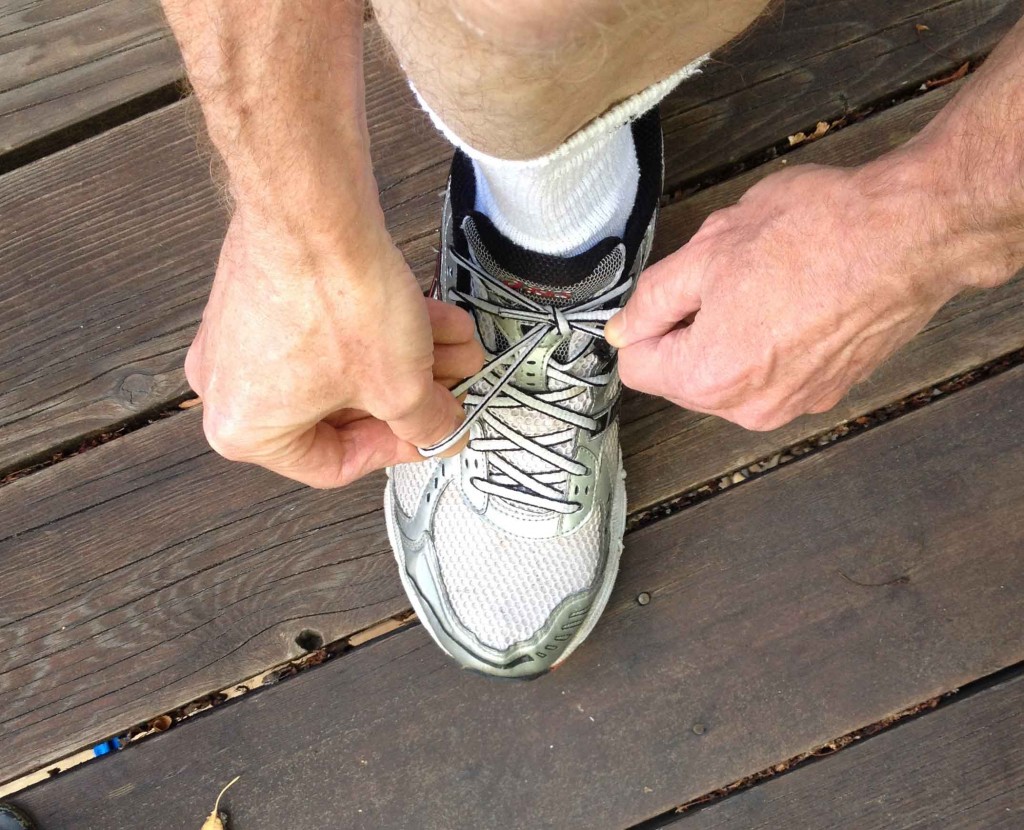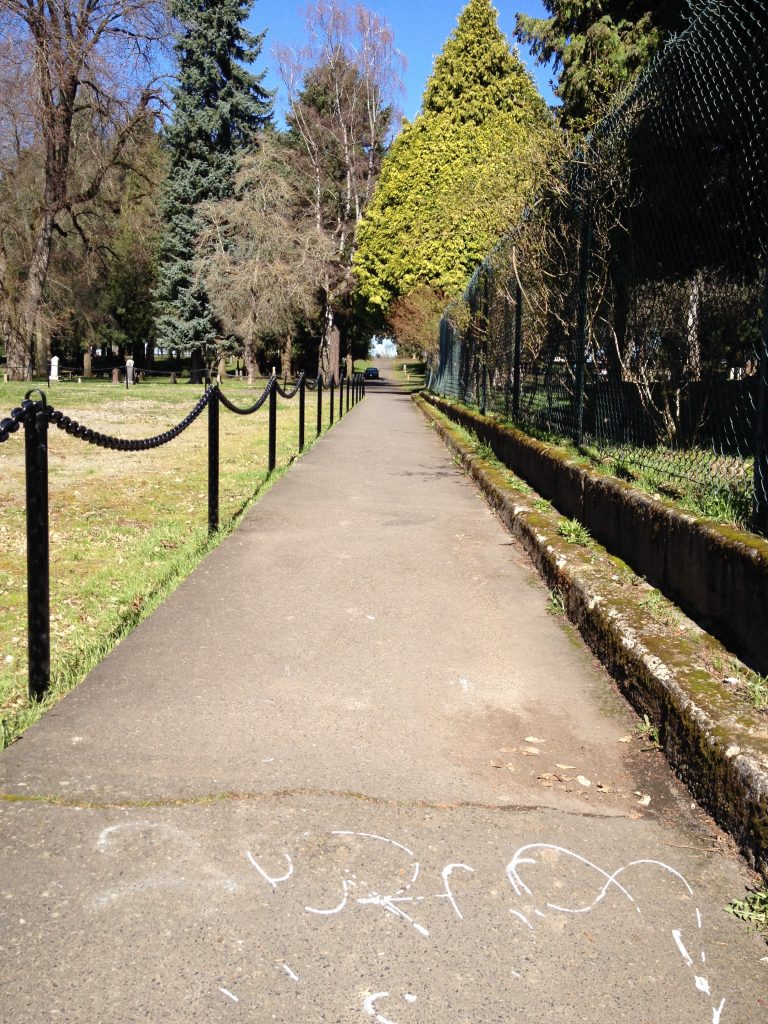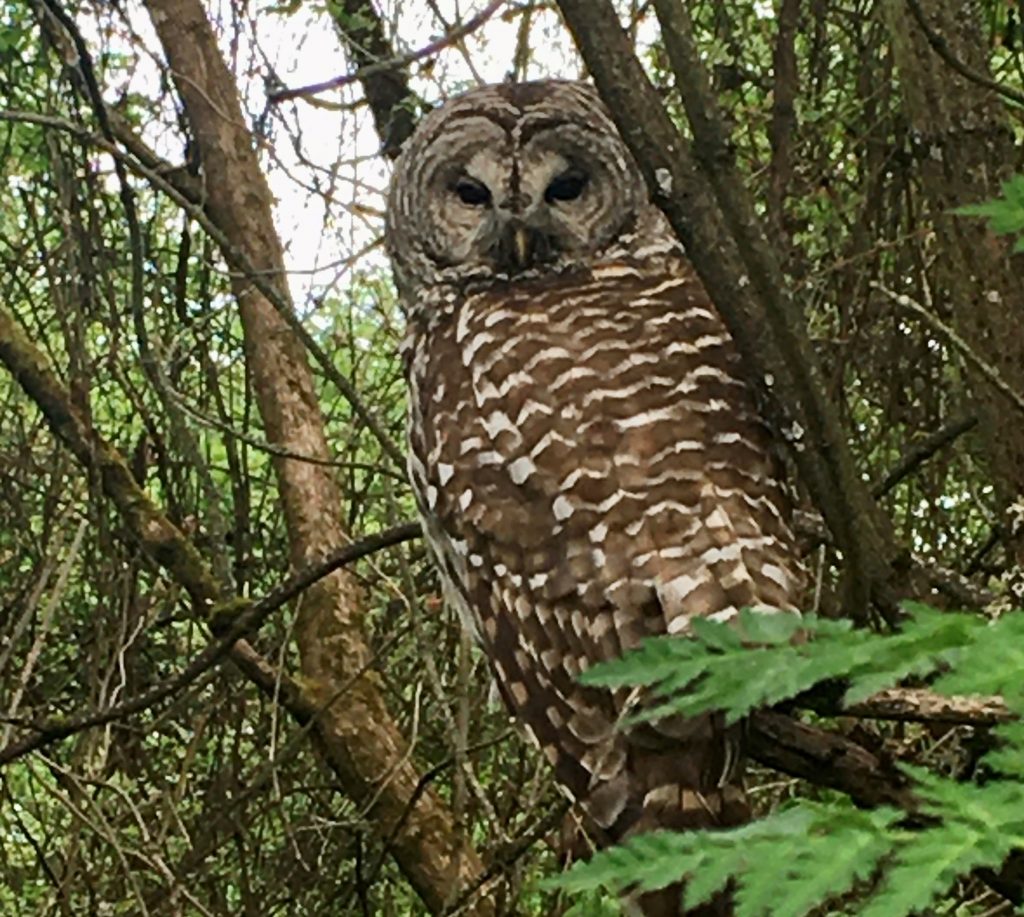April 22, 2020
Portland is walking. Everywhere I go around town I see people out for a stroll. And no wonder, we’re tired of staying home. The fresh air feels good, we need exercise, and we need to do something (anything!) different to break up the day during the pandemic restrictions.

When you go for a walk, my hope is that that you get something more than exercise. That you get a break from what’s on your mind and find something different and new to add to your day.
It’s all too easy during a neighborhood walk to let your mind go inward. Your thoughts might wander back to the problems that you can’t solve, or the latest troubles reported in the news. Sometimes the mind wants to ruminate over troubles just in case a new answer might materialize. And lately, there’s been no lack of troubles and worrisome news to ruminate over.
To break the cycle of worry, you might try something different on your next walk – turn your attention outward instead of inward. Deliberately focus on your experience of the world around you as you walk. Get out of your own head and into your senses.
If your mind is accustomed to freely churning over your thoughts as you walk, then focusing attention outward might require some discipline. You’ll likely need to approach it like any new thing that needs practice. To get started you might try something like this:

- At the start of your walk set your intention to focus on the world around you and on your senses. Acknowledge that you’ll get out of your head and that your focus will be on your surroundings.
- Slow down and resolve to see, hear, smell and be touched by the world around you as you walk. Notice what’s out there. There’s always something new.
- Your mind will continue to talk to you as you walk – that seems to be what minds do. Minds like to think their thoughts and go on mental journeys. It doesn’t mean that you’re doing it wrong or that somehow, you’re “bad.” Minds just like to chatter on and on. So, when you find yourself caught up in your own thoughts, remind yourself that your wish is to experience the world around you and not to stay in your head. Do this in a friendly, gentle and warm way. Today I’m going to get out of my head while I walk, and experience the world around me. Be curious about what you can sense around you. And be friendly about it.
- Ask yourself questions like: What am I seeing? How many shades of green do the trees have? Do the clouds have subtle differences in their whiteness today? Have I ever seen anything as white as that? What am I smelling? Is the air damp and wet today? Or dry? What are all the sounds around me that I can hear? Sounds are everywhere.

- Pay attention to your skin sensations. If it’s raining (as it so often does in my part of Oregon) feel the sensations of rain drops on your skin. Notice and feel the air moving over your skin or through your hair. What does the sunlight feel like today on your skin? Are you hands cold?
- Slow down and be present. How fascinated can you be with what you experience in the world outside of yourself? Be present with what you’re experiencing. Stay interested, even fascinated by what you experience in your senses as you walk. Be warm toward yourself.
- Leave your phone in your pocket. Even if you see a beautiful flower and can’t recall its name, resist the urge to look it up – soften and let that impulse pass. Instead, remind yourself that today’s walk is an opportunity to get out of your head and simply appreciate the flower’s colors, textures, shapes, and features. Enjoy it! Let go of the urge to take a photo.

Walking in the way I’ve described – focused on what you experience from the world around you rather than being involved in your thoughts and ruminations, is a form of mindfulness practice.
Thirty years ago mindfulness practice was viewed in our western culture with skepticism, but in the 21st century mindfulness has gone mainstream. It’s now taught in public schools, mindfulness is taught by HMO’s for its health benefits, and it’s widely used in state-licensed therapies. Science has studied mindfulness meditation and experimental results have demonstrated a long list of benefits, including increased attention span, increased compassion, and empathy. It’s been shown to be helpful for insomnia, and helpful in reducing worry and levels of stress-related hormones. Studies have shown it to strengthen the immune system.
The Mindful Walk can help you to cultivate greater ability to be present with yourself and with what you’re experiencing. And if you can be present with yourself, you’re also more likely to be able to be present with others. We’ve all had that experience of talking with a friend who’s really not fully there with you – his attention seems to be somewhere else. She seems to be distracted by her own thoughts and worries. Mindfulness practices might help you to show up more as a friend.

So, go for a walk. Take a hike! And while you’re out there be sure to smell the roses, see the trees and hear the birds – or is that a squirrel’s call? Get immersed in your senses and be present with yourself. Doing the mindful walk is sure to add something NEW to your day, and that alone might be a game changer during these “stay-at-home” times. Feel free to leave me a comment and share how it’s going.

If you’re interested in reading more about the science of mindfulness practices, I can recommend a couple of resources. The benefits of mindfulness that I listed above are described more fully in these books and you’ll also find description of other mindfulness practices:
- Hanson, R., & Mendius, M. (2009). Buddha’s Brain: The Practical Neuroscience of Happiness, Love, and Wisdom. [Kindle Edition]. Amazon.com
- McEwan, B. S., (2002). The End of Stress As We Know It. [Kindle Edition]. Amazon.com
And if you’re interested in a deeper read about the bodily processes that are involved in relaxation check out:
- Ratey, John J. M.D. (2008). Spark [Kindle Edition]. New York: Little, Brown.
- Porges, Stephen W. (2011). The Polyvagal Theory [Kindle Edition]. New York: W.W. Norton.
